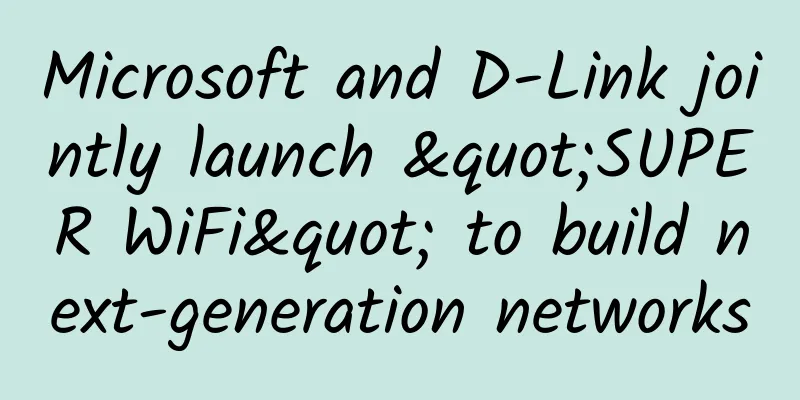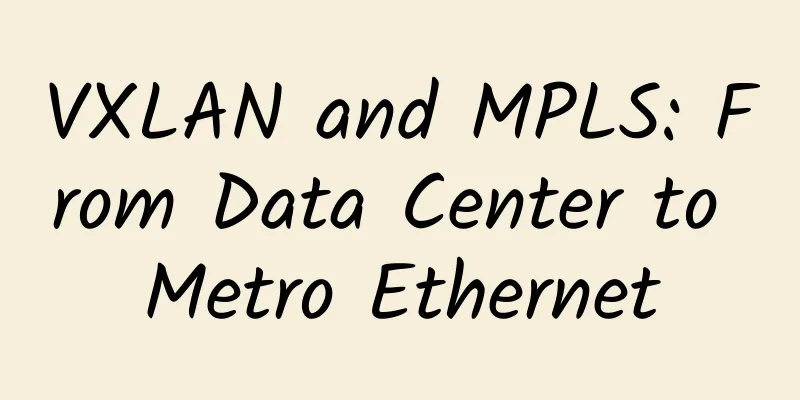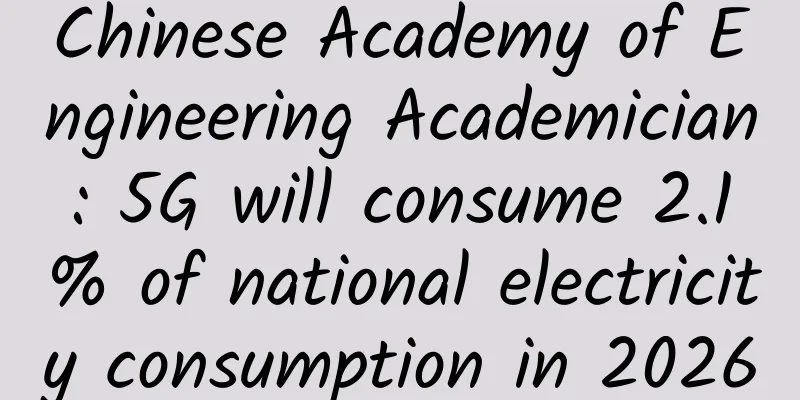China Broadband Truth Investigation (Part 2): Why Internet speed is always different from what is advertised?

|
No matter which operator you apply for broadband service, you may find that the broadband you use does not reach the 50M, 100M or 200M speed promised by the operator. At this time, you will feel cheated and wonder if you have applied for "fake broadband". In fact, this question can be viewed from two perspectives. Failure to convert units leads to misunderstanding If we go to a business hall to apply for 100M broadband, the 100M here refers to 100 megabits per second (100Mbps), and the speed test software we use usually shows the download speed, which is measured in megabytes per second (Mb/s). The relationship between the two is 1:8, which means that 100M broadband should correspond to a download speed of 12.5Mb/s per second, 50M broadband corresponds to 6.25Mb/s per second... and so on. But it should be noted here that the actual download speed we use is lower than the theoretical value above.
So, how much difference between the actual value and the theoretical value is considered normal? First of all, it should be made clear that no country in the world can currently provide 100% theoretical download speed. Even in relatively technologically mature countries like the United States, Japan, and South Korea, the maximum can only reach about 90% of the theoretical value. Fluctuations within the range of 75%-90% can actually be considered normal. To give a practical example, my home is equipped with 50M broadband. During the off-peak hours during the day on weekdays, the peak download rate can reach around 5.8MB/s. During the busy hours on weekend evenings, the download rate can be maintained between 5.1MB/s and 4.8MB/s, both of which are within a fluctuation range of 77% to 93% of the theoretical value of 6.25MB/s, which can be considered normal. So, don't complain about your home internet speed. Use the above method to convert it and see if it is the case. If you have converted and tested it using the method above and the internet speed is still not up to standard, then you are very likely to have encountered "fake broadband". How is “fake broadband” created? According to the existing broadband network operation system, it is divided into "first-tier operators" and "second- and third-tier operators". The three basic operators, China Mobile (Weibo), China Unicom and China Telecom, are "first-tier operators" and users can directly sign network access agreements with them; while operators like Great Wall Broadband and eHome Broadband are "second- and third-tier operators" which do not have their own backbone networks and can only rent the networks of basic broadband operators, deploy local area networks in individual communities, and then sell them to users. The problem of "fake broadband" mainly occurs in these "second- and third-tier operators". In order to pursue higher economic benefits, they do not guarantee the user experience of broadband network users, which is the main reason for the problem of "fake broadband". Their usual method is to attract the most users to maximize profits by using the pretext of having exclusive broadband at a low price. Too many users use the broadband network that should be exclusive, causing the exclusive network to become a shared network, resulting in the user network speed being far lower than its theoretical bandwidth speed. Fortunately, after the country has concentrated on rectifying this situation many times, it has improved significantly. However, this phenomenon still exists in some third- and fourth-tier cities, urban villages, and densely populated residential areas. In addition, there are often some so-called "broadband operators" without any qualifications who sell broadband services to users. The method they use is mostly to share the Internet under the guise of exclusive use. In this case, the actual network speed used by users will certainly be difficult to reach the promised speed. (Editor's note: We will reveal more truth about "fake broadband" tomorrow.) Of course, there are other issues that may affect the Internet speed, such as network cables, network cards, routers, DNS settings, etc., which may slow down the broadband. A common problem is that after installing a wireless router, if you do not set a password, other users may "freeload" the Internet, which will also cause the Internet speed to drop. If your internet speed slows down, it is also recommended to check these places. In addition, if the bandwidth of the user connecting to the target website is insufficient or the load is too large, the parallel processing capability of the website server is not strong enough to carry the access of more users, which will also cause the user to experience a lower speed. The simplest action of opening a web page requires three links: "access speed", "transmission speed" and "response speed". The slowest speed among the three is the final speed we feel. If the server receives too many access requests at the same time, it will inevitably cause a slow response speed and network congestion and queues. I believe everyone has experienced this when grabbing train tickets home on 12306 during the Spring Festival. |
<<: What is blockchain fork? I finally understand
Recommend
Is the integrated air-space-ground information network really coming?
[[408522]] In recent years, with the popularizati...
What is Power over Ethernet (PoE) and what are its benefits?
Power over Ethernet (PoE) is a technology that tr...
spinservers: $199/month - 2*E5-2696v4, 512G memory, 4*1.6T SSD hard disk, 1Gbps unlimited traffic, Dallas data center
spinservers offers special discount codes for two...
RAKsmart: Korean server flash sale starting from $59/month, 2*E5-2620v2/32GB/1TB/10M premium network
RAKsmart has launched this month's flash sale...
2022, 6G development continues to heat up
Development of 6G networks is gathering pace, wit...
The web standard is always MIME version 1.0
Introduction There is no order without rules, and...
Yang Xuqing of Softcom Wisdom: Leveraging the advantages of AI and working with Huawei Ascend to promote industry development
As one of Huawei Ascend's important ecologica...
What to do if the HTTPS certificate is forged?
The security of the HTTPS protocol relies on its ...
In the 5G era, will WiFi be eliminated or become more powerful?
[[268732]] There have been many debates recently ...
A multi-dimensional interpretation of the construction of my country's comprehensive network governance system
At present, in the ever-changing and complex inte...
Edge networks are evolving towards intelligence and computing enhancement
"Always on, always connected" has becom...
Seven types of networks and their use cases
A computer network is a system of interconnected ...
Design of high-density WiFi terminal occupied air interface resources calculation method
In places where high-density WI-FI terminals are ...
5GRedCap: The role of RedCap in 5G evolution
3GPP Release (Rel) 17, due in mid-2022, introduce...
Is there many obstacles in the development of the Internet of Things? A brief discussion on the pain points of IOT development
In modern society, the Internet of Things, which ...









